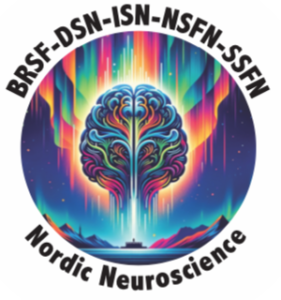
The Nordic countries have a long history of scientific exploration, and neuroscience is no exception. From the pioneering work of Nobel
laureates to modern-day advancements in brain imaging and computational neuroscience, the Nordic region has consistently contributed to our
understanding of the brain and its complexities. One of the hallmarks of Nordic Neuroscience is its interdisciplinary approach. Researchers from
diverse fields such as biology, psychology, computer science, and medicine come together to tackle some of the most pressing questions about
the brain. This collaborative spirit fosters creativity and innovation, leading to breakthrough discoveries that have far-reaching implications for
both science and society. From investigating the neural basis of consciousness to developing novel therapies for neurological disorders, Nordic
Neuroscience is at the forefront of scientific inquiry. Some examples:
- The Danish neuroscientist Carl Lange (1834–1900) advocated that emotions are physiological reflex mechanisms rather than primary
psychological experiences. The theory is known as the James–Lange theory (after also William James who reached similar conclusions
in 1884). Lange made observations and theories that led to the use of lithium for the treatment of depression, which was later introduced
by the Danish physicians Erik Strömgren and Mogens Schou. - In the late 19th century, Swedish neuroscientists Axel Key and Gustav Retzius made significant contributions to the field of
neuroanatomy. Their meticulous studies of the structure of the human brain and nervous system laid the groundwork for subsequent
research in neuroscience. - In 1967, Ragnar Granit (Finnish-Swede), Haldan Keffer Hartline (USA), and George Wald (USA) were awarded the Nobel Prize in
Physiology or Medicine for their discoveries concerning the primary physiological and chemical visual processes in the eye. Their
research laid the foundation for our understanding of vision and how the brain processes visual information. - More recently, Swedish pharmacologist Arvid Carlsson was awarded the Nobel Prize in Physiology or Medicine in 2000 for his
discoveries concerning dopamine as a neurotransmitter in the brain. His work revolutionized our understanding of brain function and led
to new treatments for Parkinson’s disease and other neurological disorders. - Norwegian neuroscientists May-Britt Moser and Edvard I. Moser were jointly awarded the Nobel Prize in Physiology or Medicine in
2014 for their discoveries of cells that constitute a positioning system in the brain, an inner GPS. Their work has shed light on how the
brain navigates space, laying the foundation for understanding spatial memory and cognition.
